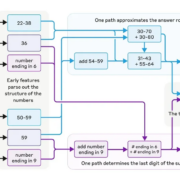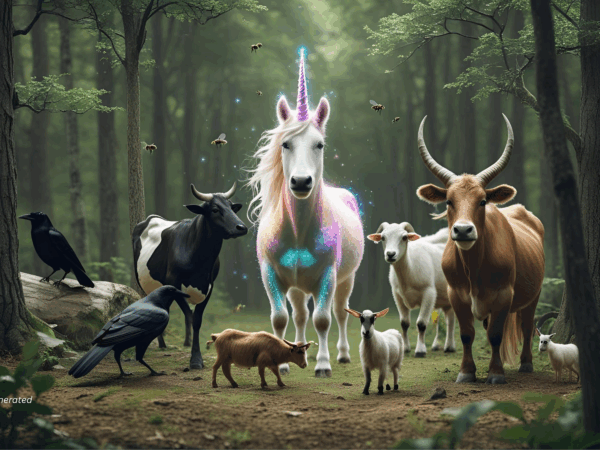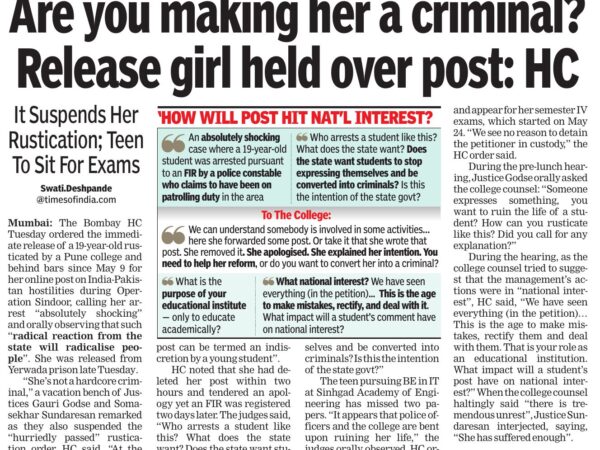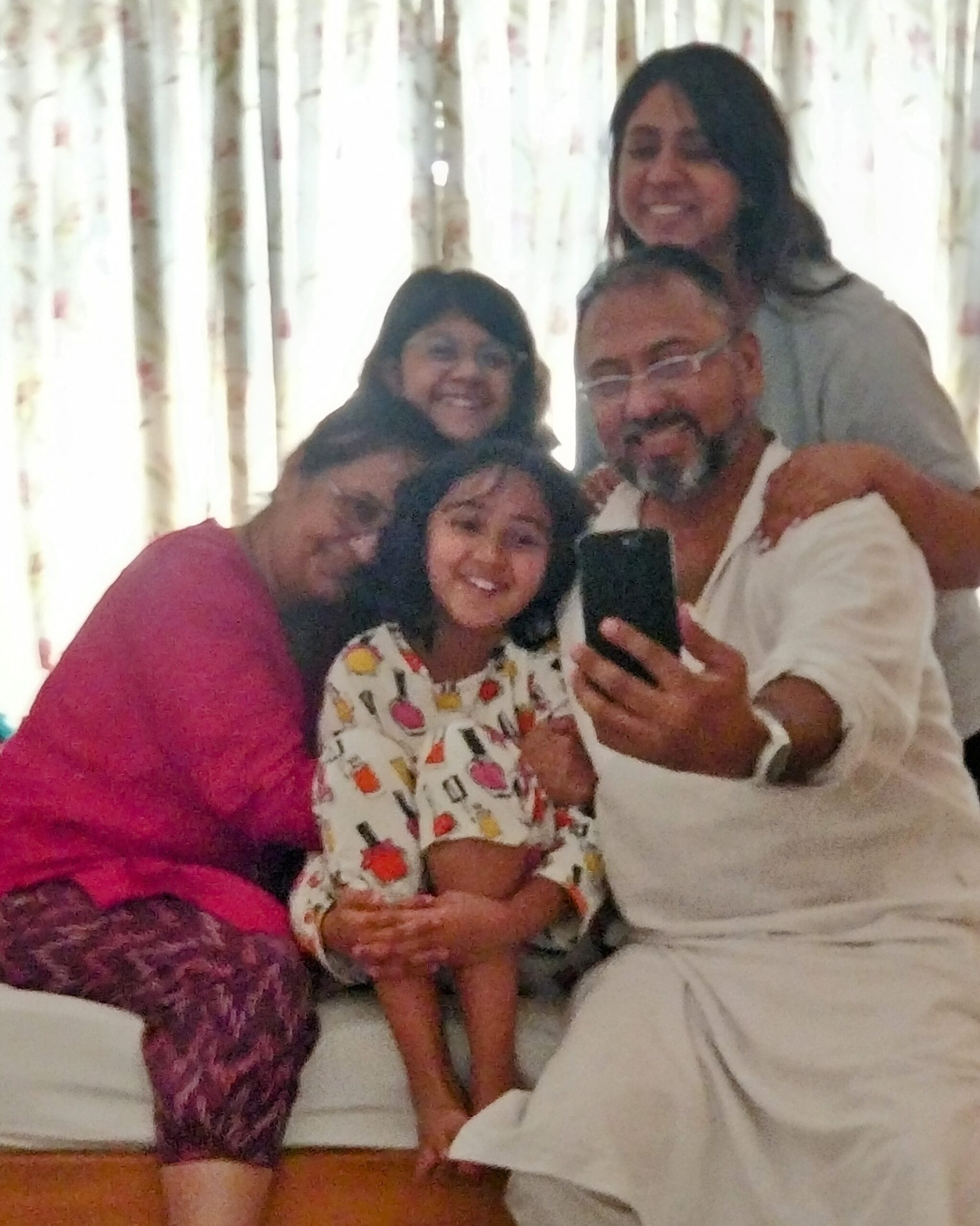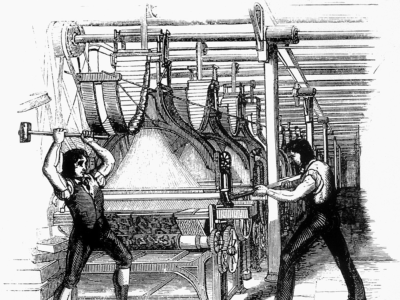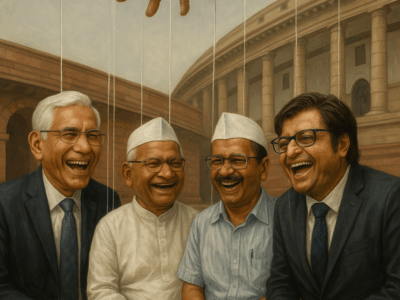A reflection in three parts. And an epilogue.
Prologue
The viral post about the artist whose 8-year-old son threw down his pencil after seeing an AI-generated “Ghibli-style” image struck a nerve.
What’s the point now?
the child asked.

I don’t know if the story is true. But I do know what I’d say if my own 10-year-old daughter asked me that question.
I’d say there are two points.
First, art isn’t just a product, it’s a practice. It’s as essential to your inner life as exercise is to your body. It’s as grounding as learning to make your own bed, cook your own meals, or ride your own cycle. It’s as critical as learning maths or physics, or waking up early and pounding the streets to build resilience. Art gives you rhythm, release, and reflection. It’s not just for showing. It’s for knowing. The point isn’t to impress others, it’s to meet yourself. That’s what I teach my child. That’s why she draws. Not to compete, but to connect. With herself. And the universe.
Second, even if your dream is to earn from your creativity, AI does not erase that dream. If anything, it expands it. It spreads awareness of styles, fuels curiosity, and sharpens the hunger for the real thing. The more accessible beauty becomes, the more valuable true mastery becomes. If you’re good, really good, AI won’t dim your shine. It will amplify it.
So yes, there is a point. There are many points. And none of them disappear just because a prompt can do in seconds what you took hours to attempt.
I’ve written a long-form essay about this, about Ghibli, AI, fear, and the strange new future we’ve already entered.
Three parts. One epilogue. No panic.
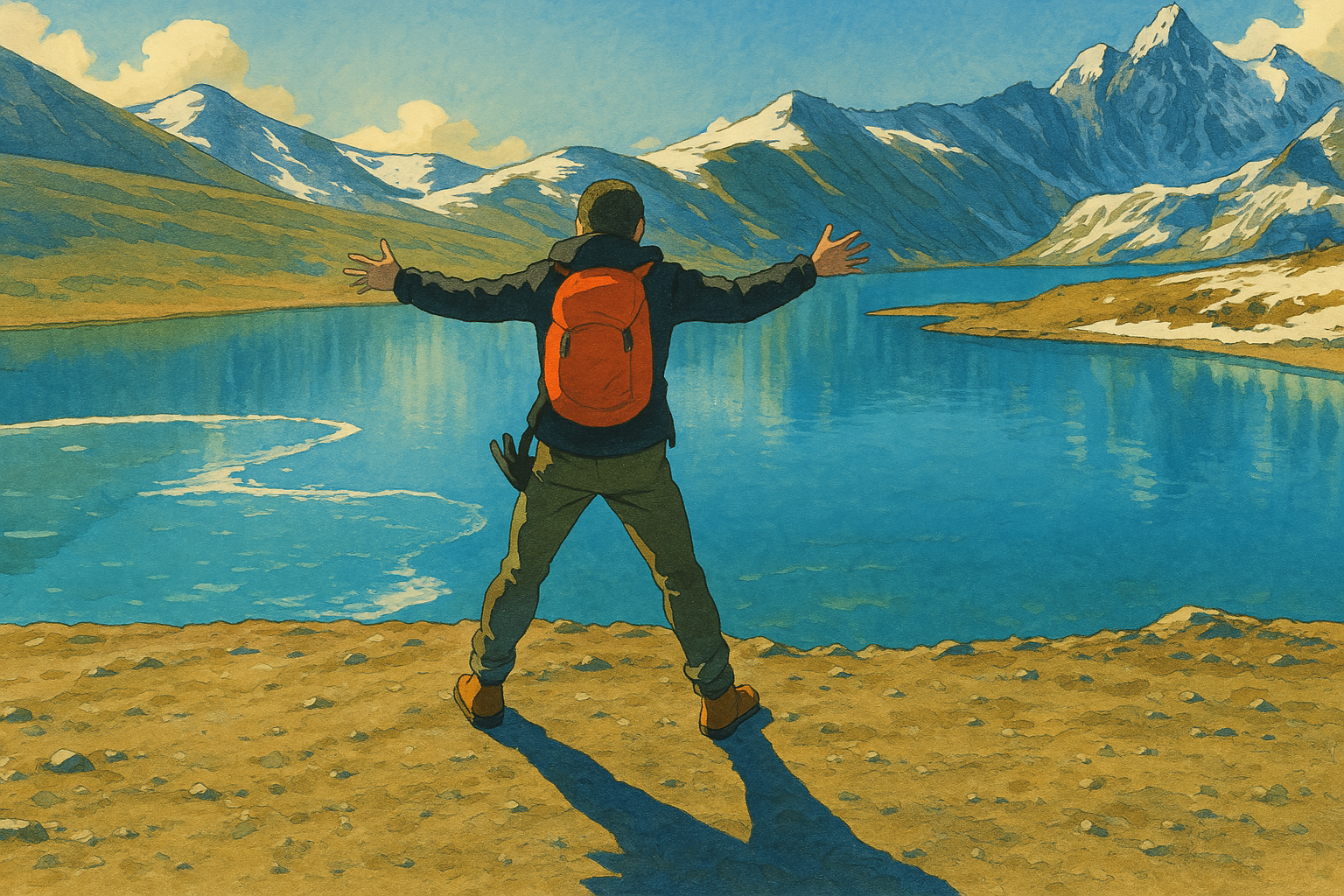
Introduction
This essay concludes a trilogy I did not set out to write.
The first piece began as a set of honest questions—tentative, slightly melancholic—and filled with uncertainty. The second came with more confidence, more conviction, and not a little righteous anger. This third and final piece is written with clarity, and peace. It’s time, I think, to put the matter to rest.
We’ve examined the loss, interrogated the panic, and cut through the rhetoric. There is no need for more noise. The Ghibli-AI debate, indeed, the entire discourse around AI-generated art, has now circled long enough. Let the record show what needed to be said. And then, let us move on.
Part One: The Mourning Is Valid
In “Honest Questions”, I wrote what I suspect many were feeling but hesitant to say out loud: it is perfectly fine to mourn the passing of an era. We mourn when craftsmanship fades, when beautiful calligraphy gives way to typed & printed word, when graceful horses make way for noisy cars, when fine tailoring is replaced by mass production.
So too with animation. Ghibli’s aesthetic—meticulous, human, luminous—is a work of art. And to see it reduced to a prompt, recreated by algorithms in seconds, feels… crass. Hollow. Vulgar.
Yet, we have always lived through such transitions. And we have always, eventually, adapted.
So, while AI’s ability to imitate is astonishing, what it cannot do, without us, is care. That emotional resonance still comes from the human who tells it what to do. So yes, mourn the passing of the old. But understand the power of the new.
Part Two: The Myth of Deserving
In my second article, “The Gatekeepers of the Future”, I explored the argument, widespread and surprisingly persistent, that AI does not deserve to make art. It hasn’t suffered. It hasn’t studied. It hasn’t earned the right.
But this line of reasoning reveals more about the speaker than the subject. What, after all, does it mean to “deserve” art? Must one spend years under a master, copying brushstrokes, enduring poverty, and burning midnight oil to be considered worthy of creative expression? And who, exactly, gets to suffer safely? Who can afford to take unpaid internships, attend elite art schools, or apprentice for years before being “allowed” to make art?
The idea that creativity must be purchased with pain is not a principle, it is a privilege. It is the ideology of those who walked through the door and now wish to shut it behind them.
AI, we are told, hasn’t earned it. But neither did Ekalavya, the self-taught archer from the Mahabharata, who learned from afar and was punished for daring to learn without permission. That story is not ancient. It is ongoing. The gatekeepers change costumes, but the logic remains: unless you are one of us, you may not create like us.
Let us also be clear: AI has not invented imitation. It has merely scaled it. This is how humans have always learnt, by copying, mimicking, aping, adapting. Artists emulated their masters. Writers borrowed tone and form. Musicians studied the greats. Imitation was not a flaw in the system. It was the system.
When a student in Chennai uses ChatGPT to write a song in the style of Taylor Swift, that is not plagiarism. That is learning, only faster. When I asked an AI to reimagine Titanic as a Guy Ritchie film, or script a formal letter first in the voice of Vito Corleone and then of Mrs Doubtfire, or write a dialogue placing Chhatrapati Shivaji as Neo and Aurangzeb as Agent Smith, I wasn’t committing a crime against cinema. I was playing. I was imagining. The mimicry? That’s mechanical. The spark lies in the absurdity of the what if. That’s the real creativity. That’s the art.
Of course, AI companies must be held accountable for how they trained their models. If copyrighted material was scraped without payment, then yes, tax them, regulate them, make them give away the product for free, especially to those they stole from, extract what is owed, and then some. I have no problem with this. But let us not conflate the issue of licensing with the question of legitimacy. The learning itself, the act of absorbing style and form to create something new, is not theft. It is not immoral. It is not unprecedented.
The outrage, then, is not really about legality. And it is most certainly not about consent. It is about fear. Not fear that something precious has been taken, but fear that something precious has been shared. That the moat is drying up. That the pedestal is cracking. That the sacred label of “original” may no longer be enough to guard the gates.
Part Three: The Myth of Devaluation
And now, finally, we arrive at the heart of the matter.
There is one last argument to dismantle—the claim that AI has devalued art. That because it can imitate, remix, or stylise, the real thing is somehow worth less. This fear, like most fear, is irrational but persistent.
So, let’s interrogate it.
What does it really mean to say art has been devalued? Let’s leave Ghibli aside for a moment and talk instead about shirts.
If you had ₹80,000 to spend, would you value a Peter England over an Armani? Of course not. You’d still recognise the tailoring, the texture, the detail, the design. You’d pay for it, not just with money, but with awareness: that this shirt is not like the others. But what if you had only ₹800? Would you no longer want something that fits well, looks good, and makes you feel dignified?
Mass production did not destroy tailoring. It democratised access to beauty and comfort, convenience and style, at a cost everyone could afford, sold in places everyone could shop at, and available in the kind of vareity the privileged believed only they had access to. It gave people who never had the luxury of a master tailor the chance to wear something well-made. And it did all this without threatening the value of a Savile Row original. If anything, it clarified the distinction between the handmade and the mass-produced. The Armani shirt still commands its price. The tailors still have their niche. The art is still intact. If anything, it is embellished. Even more valuable.
Now, let’s apply the same lens to visual art.
Imagine you had two images of the exact same landscape. One is a digital photograph taken on a phone, printed on paper. The other is an oil-on-canvas made painstakingly by hand, brushstroke by brushstroke, by an artist who trained under a master, studied light and texture, and spent weeks, perhaps months, completing it.
Which one would fetch a higher price in the market? The painting, obviously.
But does that mean the photograph has no right to exist? That the person who cannot afford the oil on canvas must be barred from beauty entirely? Should they not get to enjoy an image that moves them, that adds light to their living room?
We never questioned this before. We did not think of banning photography for being quick and suffering-free! We managed, brilliantly and quite intuitively, to make art more accessible without destroying the value of the original. The people who could never have afforded art before now get to have some version of it. Meanwhile, the artist, whose original work inspired it all, becomes more valuable, more sought after, more known, more adored.
How, exactly, is that a problem?
This is what’s happening with AI-generated art, especially in styles as beloved as Studio Ghibli’s. AI hasn’t devalued Ghibli. It has amplified it. Everyone and their dog now knows what “Ghibli-style” means. That’s not dilution. That’s reach. It is cultural saturation, the holy grail of relevance. It is, dare I say, legacy.
Let me also be clear: I do not think Sam Altman, Elon Musk, or Mark Zuckerberg are benevolent revolutionaries. This explosion of access is not a public good created out of some techno-utopian idealism. It is a byproduct. An unintended consequence of their obsession with scale and profit. They did not mean to democratise art. But that’s the thing about scale, it doesn’t care who gets in.
And so, like Ford and the Model T, like printing presses and pulp novels, like mass-produced shirts and pop music, AI has created options. Crude ones, sometimes. Poor imitations, yes. But options nonetheless.
You may lament the vulgarisation. You may sigh at the filters, the prompts, the parody posters. But for millions of people who would never have had the training, the money, or the access to make or consume this kind of beauty, this is the first time they’re getting a taste.
And isn’t that what art is meant to do?
Not to gatekeep, but to reach?
If Hayao Miyazaki were to release a new film tomorrow, would anyone say, “No thanks, I’ve seen an AI version on Instagram”? Of course not. They would flock to it. They would revere it more. If Studio Ghibli were to even auction some of the original, hand-painted pieces from their earlier works, they’d fetch millions. No one in their right minds will claim that they are now worthless.
Because AI hasn’t made Miyazaki redundant. It has made him mythic. Even more than he already was.
Art is not devalued by diffusion.
Art is devalued only by fear,
Fear that beauty no longer belongs to a chosen few.
Epilogue: Let the Matter Rest
This is not the end of art. It is the end of art as monopoly.
In three pieces, I have tried to honour the grief, challenge the hypocrisy, and celebrate the access. Yes, AI needs regulation. Yes, creators must be compensated. But no, we must not mourn because others finally get to play. That is not the death of art. That is the beginning of a new public square.
Let the artists sue, if they must. Let the courts rule. But let us, the audience, the thinkers, the citizens of this moment, let us recognise what we have witnessed:
History. In motion.
Art is not dying. It is multiplying. It is spilling beyond gallery walls and elitist language. It is being scribbled, filtered, mashed up, and memed. And if you ask me, that’s not the end of art’s meaning, it’s proof of its survival.
So yes, mourn if you must. But also, smile.
Because we’ll always have Totoro.
And now, so will everyone else.

